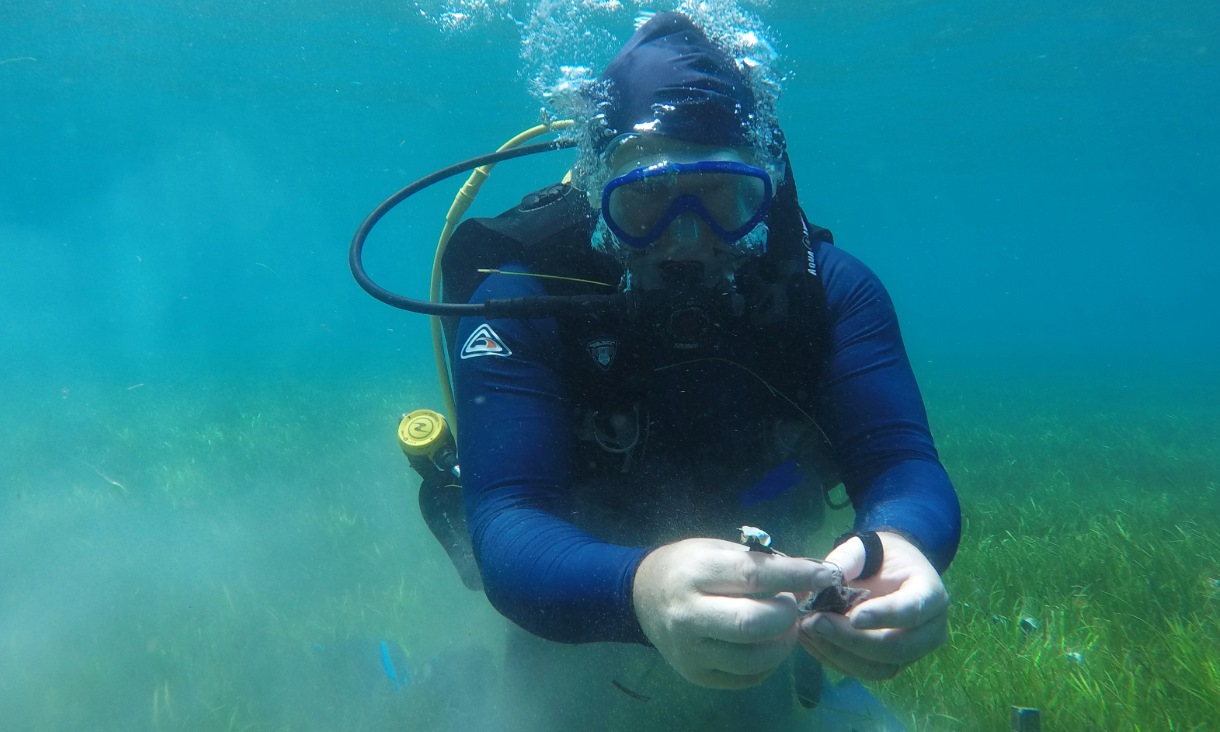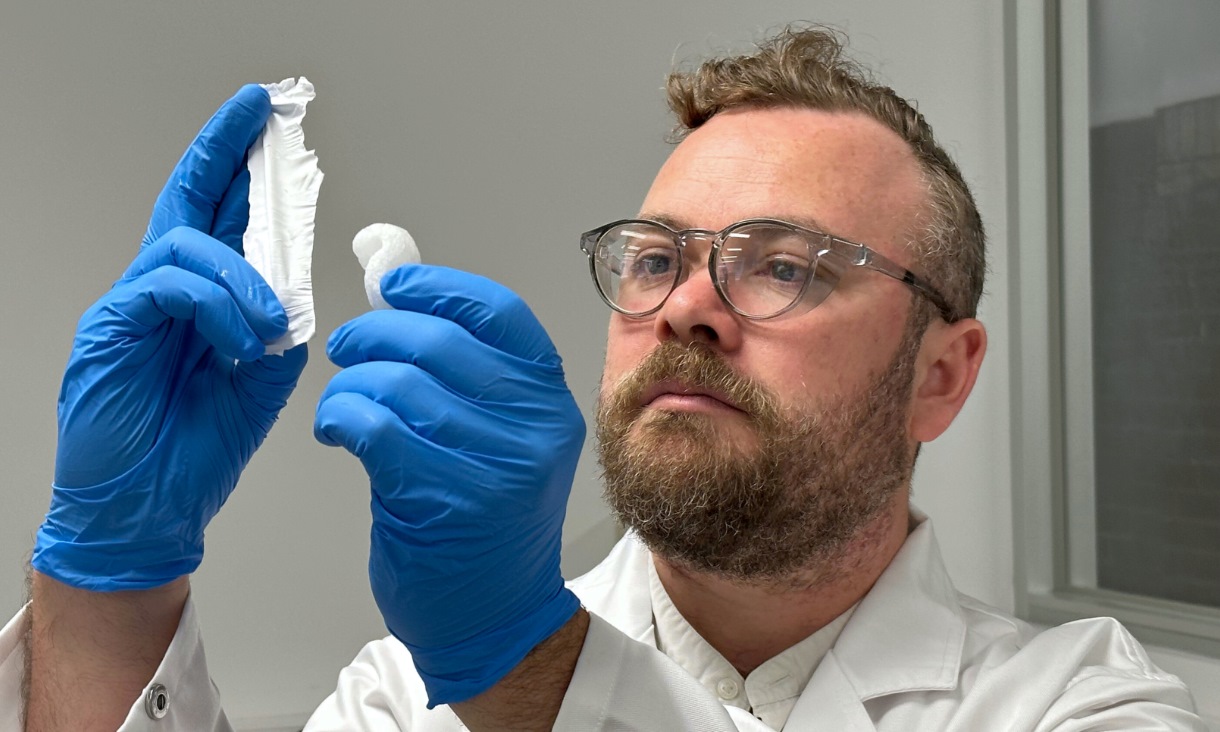Time to count plastics in climate action and counter Trump effect
Scientists from RMIT University are calling for countries to include carbon emissions from plastic production and waste in their climate action plans before the upcoming United Nations Climate Change Conference of the Parties (COP 30) in Brazil.
Warming temperatures may shrink wetland carbon sinks
A major global study using teabags as a measuring device shows warming temperatures may reduce the amount of carbon stored in wetlands.
Static electricity could help run air conditioners
An invention made from waste polystyrene that generates static electricity from motion and wind could lower power usage by recycling waste energy in air conditioners and other applications.
A new pandemic could ride in on animals we eat, researchers warn
Researchers warn the animals we eat could be the gateway for a pandemic in the form of antimicrobial resistance, unleashing a wave of deadly superbugs.






